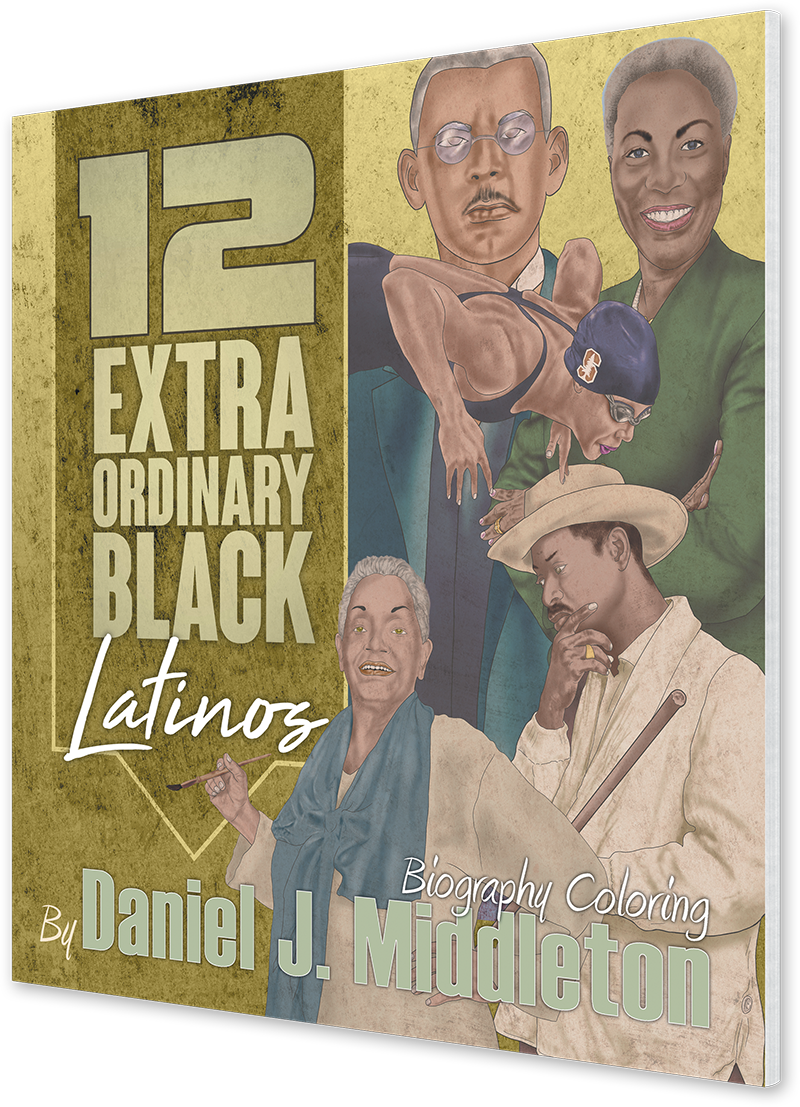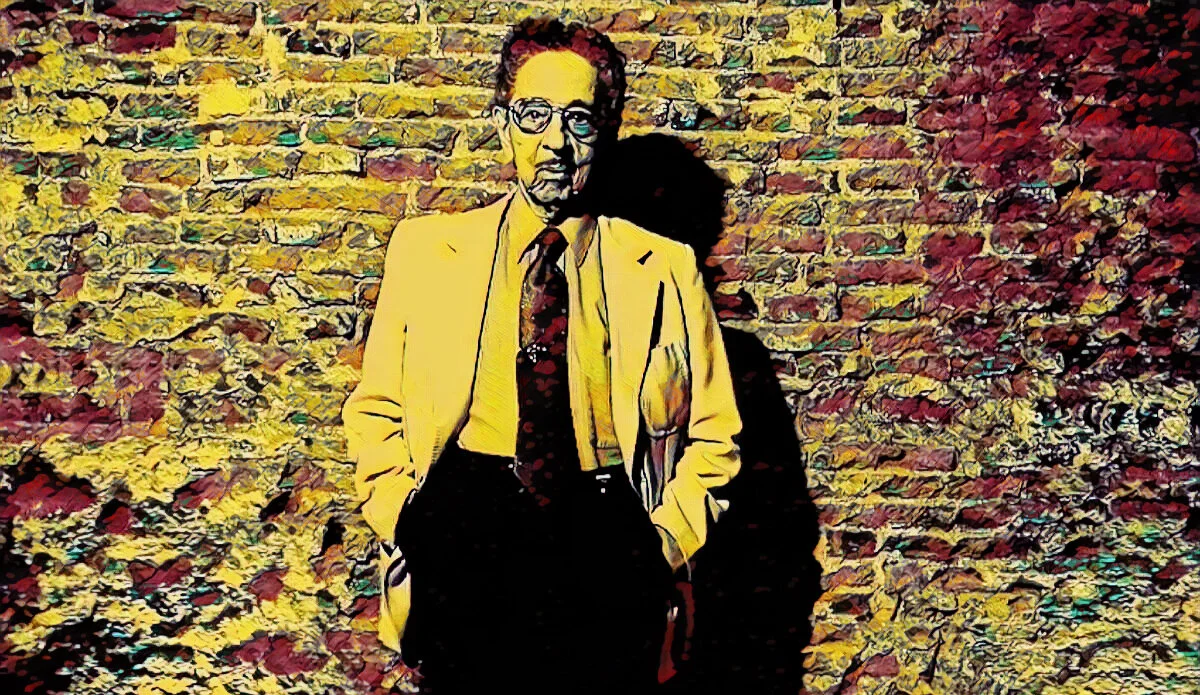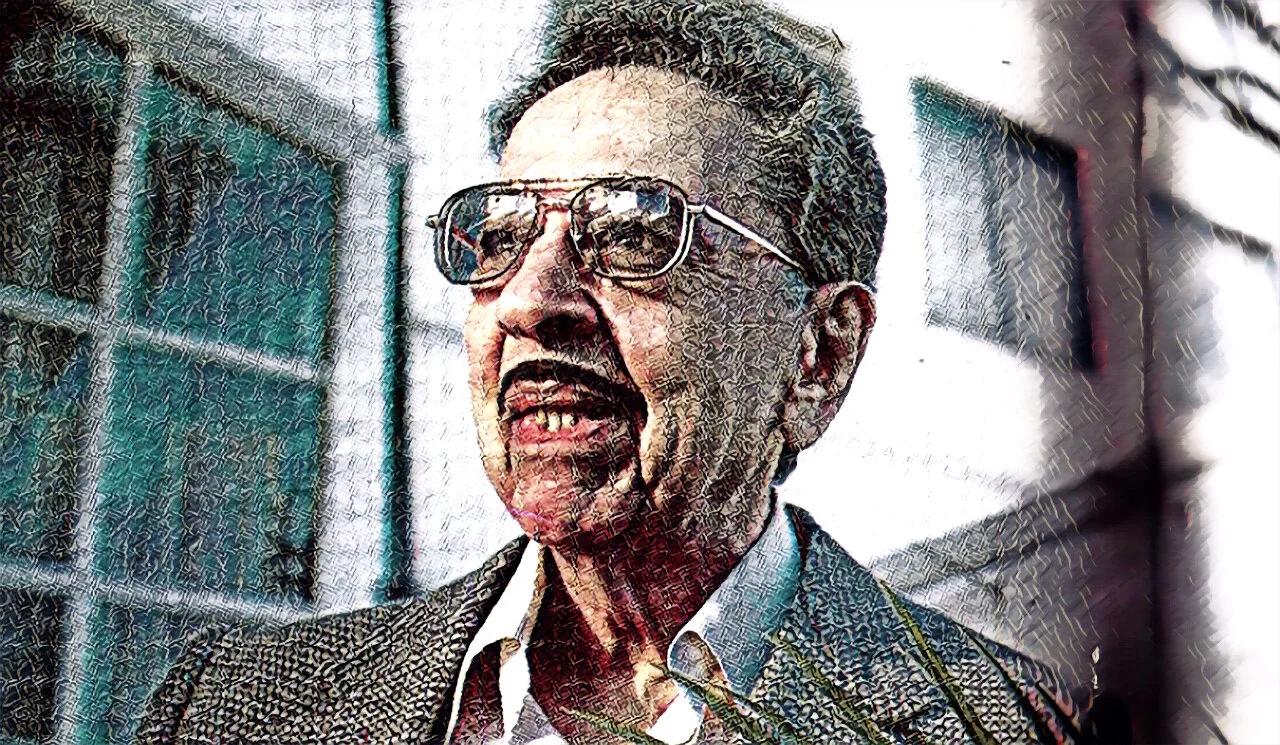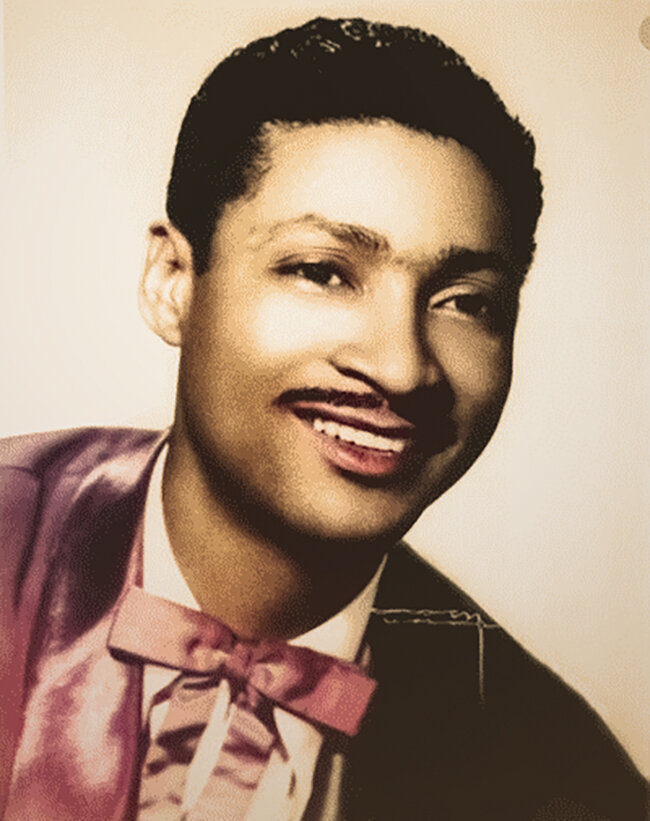Horacio Salgán
The Revered Tango Composer and Maestro of the Piano
Horacio Adolfo Salgán. One of the greatest tango pianists.
During his lifetime, Horacio Salgán successfully expanded the boundaries of music with his piano compositions, which refashioned traditional tango and gave way to tango nuevo. Ástor Piazzolla, who was given co-credit for the genre and was Horacio’s contemporary, was also a virtuoso pianist. Horacio, however, stood in a musical realm all his own and became one of the most revered pianists of his generation.
Portrait of Horacio Adolfo Salgan. Illustrated by Daniel J. Middleton.
He was born Horacio Adolfo Salgán in the Abasto neighborhood of Buenos Aires on June 15, 1916. Horacio’s father was a guitarist and pianist who taught himself to play. Horacio, on the other hand, began taking formal piano lessons at age 6. He showed such promise that he quickly became the standout at a classical conservatory. In another eight years, the owner of the neighborhood cinema hired him to play piano while silent films ran onscreen. He also played the organ at the church in Villa Devoto and made appearances at a café located at the intersection of Av. Corrientes and Av. Leandro Alem called El Gato Negro (The Black Cat).
He started his professional career by joining the Radio Belgrano cast when he was 18. As a soloist, he performed for other stations, among them Excelsior, Prieto, and Stentor, for which he played music to back the singers who made guest appearances. His breakthrough came two years later when Roberto Firpo, the innovator of classic tango, heard him play. Firpo asked him to join his Guardia Vieja Quartet, and while Horacio did, he also led an orchestra of his own. Around that time, composer Miguel Caló hired him to write arrangements for his orchestra as well. Horacio landed himself in two peculiar spots: being a composer and part of an orchestra. He later said:
“I didn’t want to be a composer but to play tangos the way I liked. The same happened with the orchestra. As I liked to play tangos in my own style, the only possible way was having my own group. Then I put it together. There are people who enjoy being bandleaders but I was interested in my pianistic vocation. I had no intention of creating anything.”
After Horacio Salgán retired, he received a high honor as his son César followed in his footsteps by making his instrument of choice the piano. César enjoyed a 27-year career as a bassist.
As with all reluctant heroes, when they eventually yield to their purpose, greatness ensues. In Horacio’s case, that greatness arose from his orchestral compositions. Buenos Aires is the birthplace of the tango, whose seedy beginnings date back to late 1880s bordellos. But the tango that then existed became somewhat stilted in Buenos Aires society. Ástor Piazzolla breathed new life into the form with innovative rhythms and harmony, but he expatriated and rose to fame internationally, leaving room for Horacio to blossom in Argentina.
Horacio was attracted to all types of music: Jazz, folk, Brazilian, even classical. They all informed his compositions, which led to a new tango sound that developed in the 1950s and ’60s. Ella Fitzgerald was reportedly mesmerized when she heard him play as part of a duo with guitarist Ubaldo de Lio in 1960. Her manager, Norman Granz, owned the Verve record label. He produced their 1961 album Buenos Aires at 3 a.m. It was their first LP in the U.S. With that, Horacio emerged as an international star.
You may also be interested in:

This article appears in 12 Extraordinary Black Latinos.
Available from Amazon.com, BN.com, and other retailers.





Composer and singer Eva Ayllón, who brought Afro-Peruvian Creole music into the mainstream, is considered one of the foremost musicians in Peru.